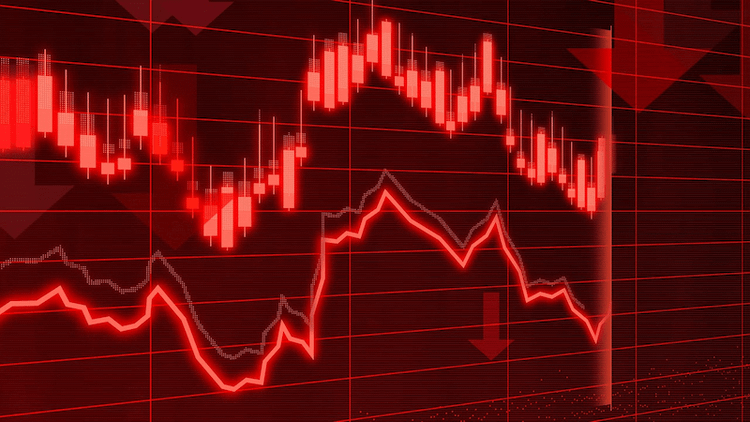The Fed Hits 3,000 Percent Inflation – OpEd

Written by Thomas L. Hogan
The US economic situation was taken to the limits during the recession caused by the pandemic and its subsequent recovery. The percentage of people without a job reached its highest point at 14.7 percent, which is the highest it has been since the period after World War II. Additionally, the rate of inflation reached its highest point in four decades, causing the Federal Reserve to increase the levels of interest rates in the short term, reaching levels not seen since 2007.

In June, a concerning record was achieved by the economy: Inflation has currently surged to 3,000 percent as per the Federal Reserve.
The Congress approved the Federal Reserve Act in December 1913, and the regional banks of the Federal Reserve commenced operations in November 1914. By examining the disparity in price levels between the end of 1914 and the present day, we can gauge the extent of overall price inflation endured by the US economy as a result of the Federal Reserve.
The consumer price index (CPI) is the most commonly utilized and enduring gauge of the price level in the United States, yet there are conflicting opinions regarding the precision of past CPI figures. MeasuringWorth consolidates macroeconomic information including interest rates, economic output, and price levels from the most dependable historical references.
According to the historical Consumer Price Index (CPI) information provided by MeasuringWorth, there has been a staggering 2,920.2 percent increase in the price level in the United States between the years 1914 and 2022.
Although the MeasuringWorth dataset only offers yearly data, we have the option to include monthly data for the present year using the authoritative CPI data provided by the Bureau of Labor Statistics (BLS). Based on BLS data, the CPI increased by 2.74 percent (without accounting for seasonal adjustments) during the initial six months of 2023.
This results in an overall inflation rate of 3,000.2 percent for the Federal Reserve.
Inflation in the United States hasn't continuously remained high like it has during the reign of the Fed. In the days before the Fed existed, the value of the dollar was based on the availability and demand for gold. As a result, the value of the dollar was reasonably consistent over time.
The graph in Figure 1 displays the cost of goods and services in the United States from 1774 onward. Following a period of upheaval during the American Revolutionary War, the price level in 1784 appeared to be approximately identical to that of 1914.
That's roughly no inflation at all in a span of 130 years when compared to a staggering inflation rate of 3,000 percent in just under 110 years enforced by the Federal Reserve.
The MeasuringWorth database brings together information from top-quality historical studies to rectify deficiencies in the official economic data.
One crucial distinction compared to the BLS CPI is that MeasuringWorth relies on research conducted by Paul Douglas for the initial years of the Federal Reserve. This study helps to account for some missing data that the BLS does not have. Additionally, MeasuringWorth calculates the US index by taking into consideration the population size of cities, while the BLS uses a simple average that does not consider population weights.
How do the MeasuringWorth figures differ from the official BLS statistics? According to the official CPI data, the inflation rate under the Fed has been a mere 2,952 percent since 1914. However, there is no need to fret because we will soon reach the 3,000 percent mark on the official scale.
About the writer: Thomas L. Hogan, who holds a Ph.D., currently serves as a senior research faculty member at AIER. Previously, he served as the top economist for the U.S. Senate Committee on Banking, Housing, and Urban Affairs. Additionally, he has gained experience at various institutions including Rice University's Baker Institute for Public Policy, Troy University, West Texas A&M University, the Cato Institute, the World Bank, Merrill Lynch's commodity trading group, and investment firms on both sides of the Atlantic.
This blog post was disseminated by AIER









































